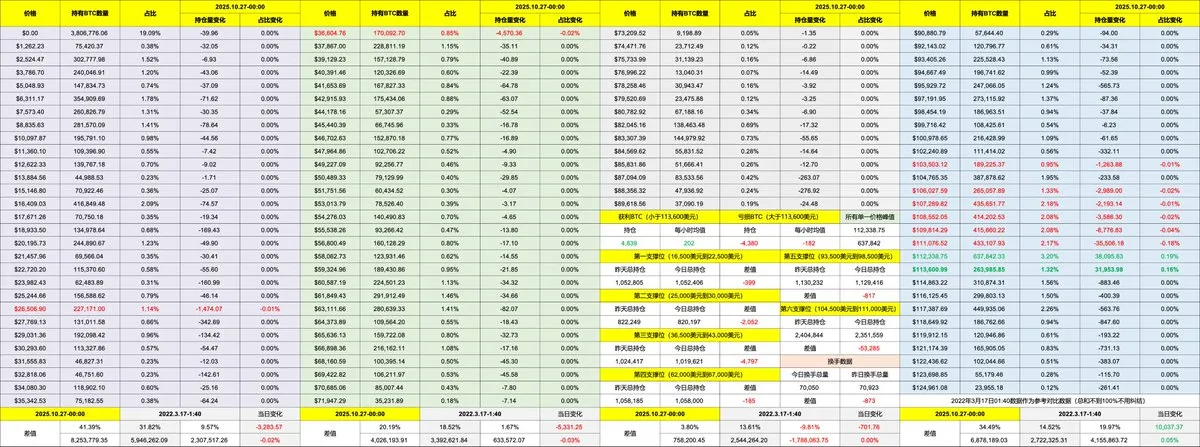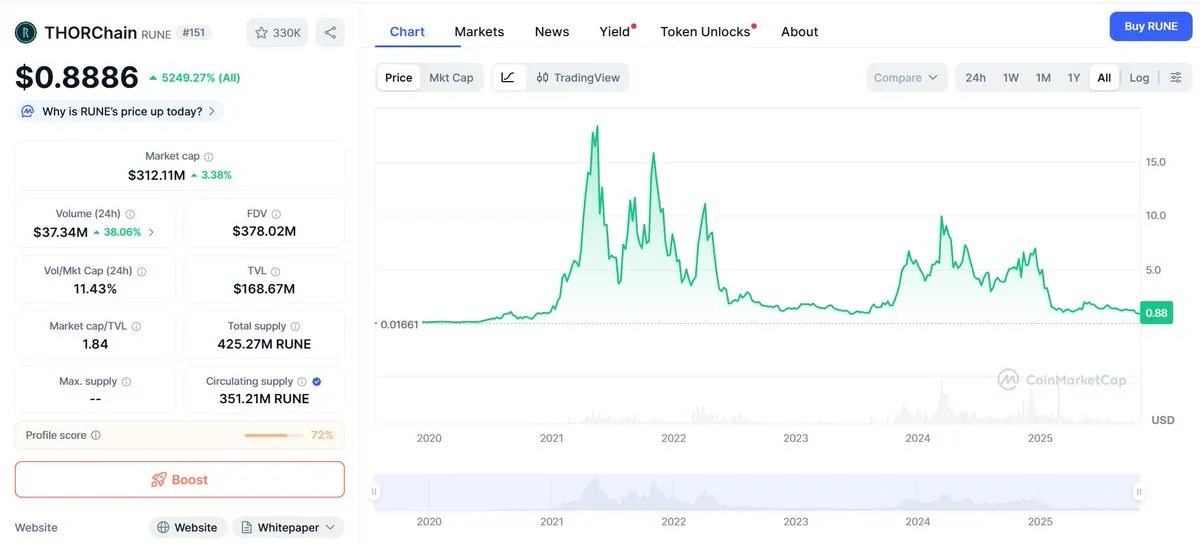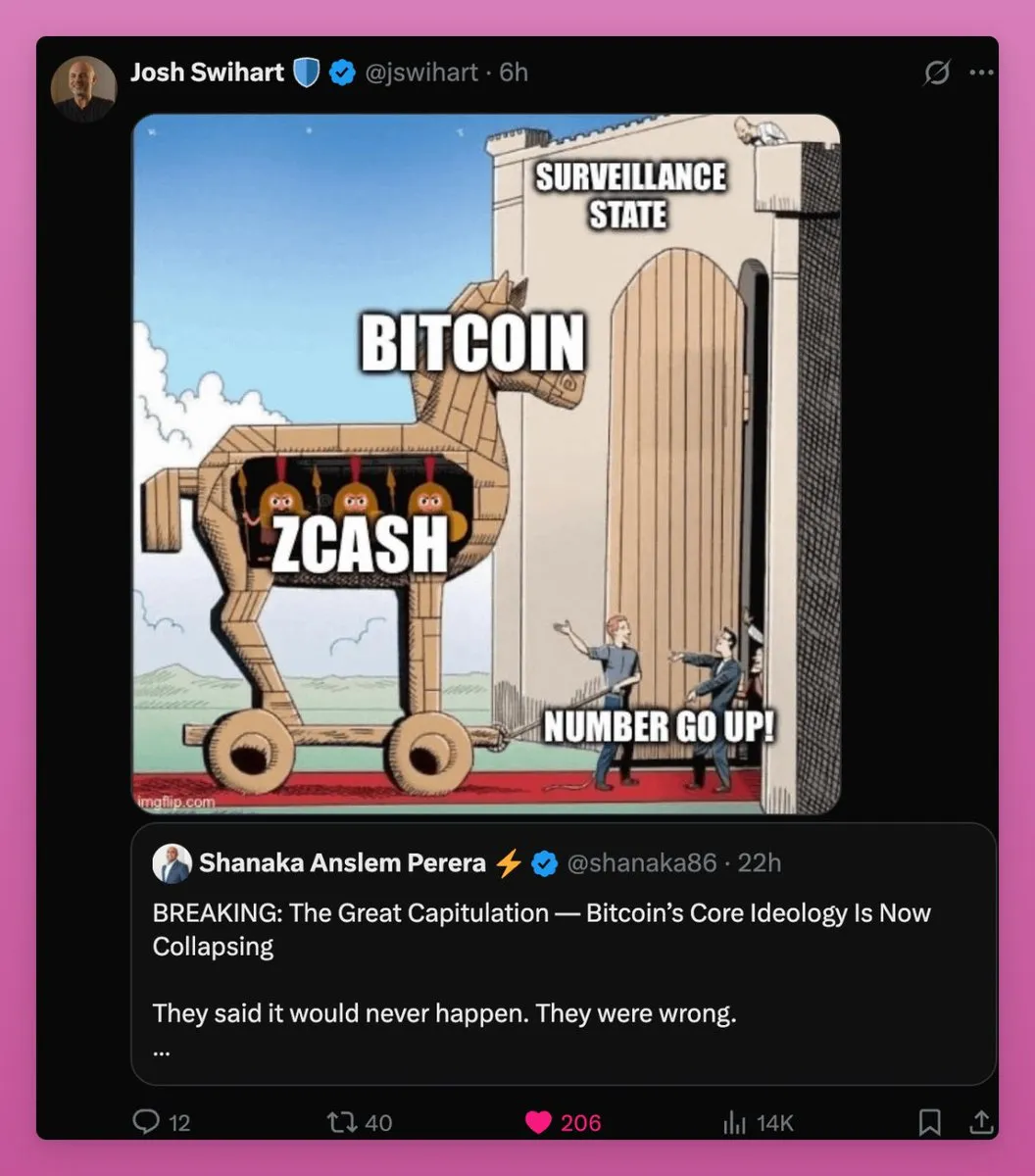Through my induced conversations with Deepseek (often he just stops chatting 😂), I have roughly understood why religion is prevalent in India. As for ChatGPT, to be honest, its thinking is relatively simplistic… it can't engage in such deep topics 😂
First of all, during the Shang Dynasty in China, there was also a combination of politics and religion. In the oracle bones of the Shang Dynasty, 80% are various sacrificial records, such as "use 30 sheep today" and "use 40 cows tomorrow." The model of combining politics and religion is relatively simple, with the central authority (Yin Shang) and local authorities (like the Sanxingdui in Sichuan) representing different interpretations of the "divine." Communication among them also used the language of the gods. The oracle bones said, if you need to attack someone, then go ahead.
The Zhou Dynasty began to abandon the god-centric view and simply used a light model of "mandate from heaven" to explain legitimacy. However, the overall management model was primarily based on blood relations, feudalism, clans, and the well-field system. This model effectively supported the Zhou in managing a larger geography and population, and it greatly facilitated the Zhou Dynasty's nearly 800 years of continuous expansion until the Warring States period and the unification under Qin.
Geographically, India is more isolated than the Central Plains. It is divided into three major parts: one large area is the Ganges Plain, which is larger than both North China and the Yangtze River Delta combined. The second is the Deccan Plateau, which covers 500,000 square kilometers and has a better climate than the Loess Plateau, thus supporting a larger population. Today, the Loess Plateau has 100 million people, while the Deccan Plateau has 400 million. This means that the Loess Plateau will always be subordinate to the Central Plains regime, while the Deccan Plateau, with its large population and natural defenses, is not significantly weaker than the Ganges Plain, making it difficult to conquer. Additionally, the Ganges River's transport capacity is poor due to drought, and land transportation is also unfavorable for unification during the rainy season.
In this relatively decentralized model, religion becomes a necessary choice because, to put it simply, religion is low-cost management; you don't need to go to the countryside. In contrast, the Central Plains empires established a more complex bureaucratic mechanism that was not deified, with stronger mobilization capabilities.
A similar example is Tibet, which has always been a combination of politics and religion. The reason is that although Tibet has a vast geography, its productivity has always been low, unable to support a more complex management model. Therefore, politics and religion are combined, with local nobles and monks managing together.
免责声明:本文章仅代表作者个人观点,不代表本平台的立场和观点。本文章仅供信息分享,不构成对任何人的任何投资建议。用户与作者之间的任何争议,与本平台无关。如网页中刊载的文章或图片涉及侵权,请提供相关的权利证明和身份证明发送邮件到support@aicoin.com,本平台相关工作人员将会进行核查。




